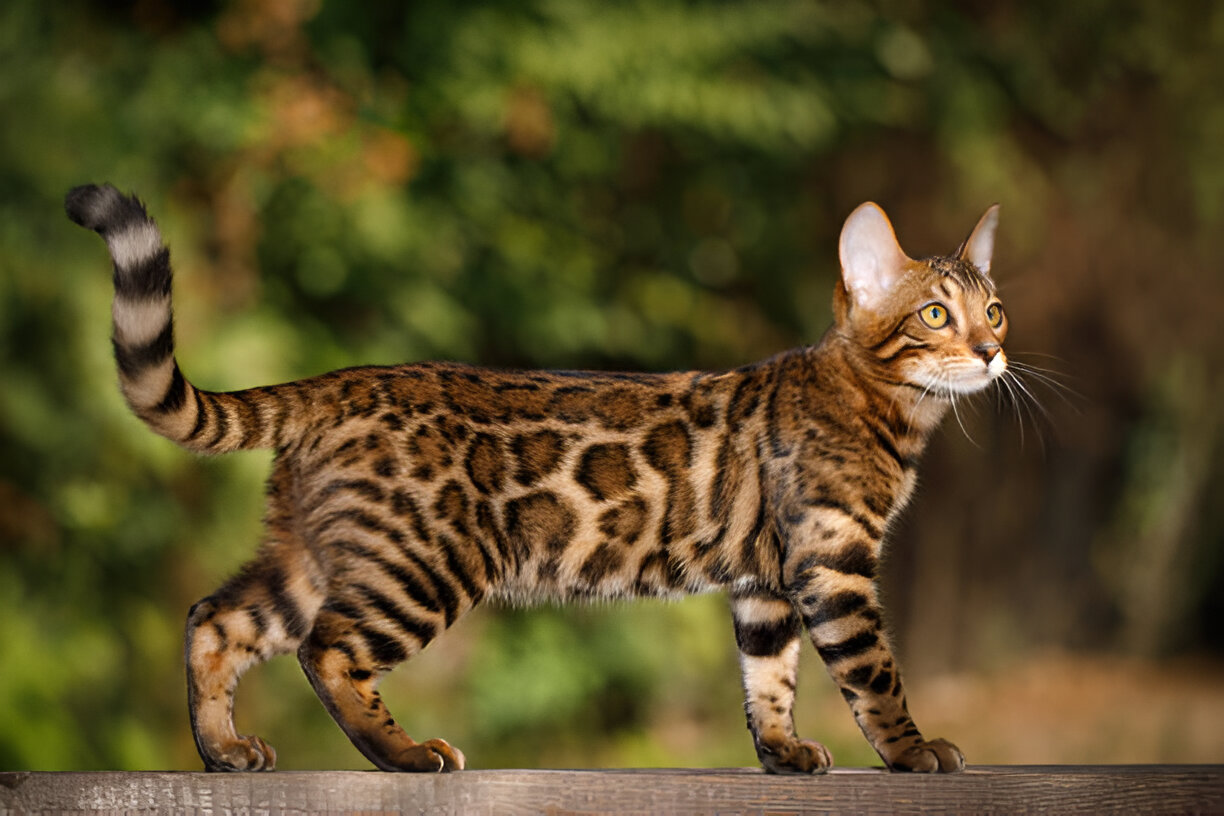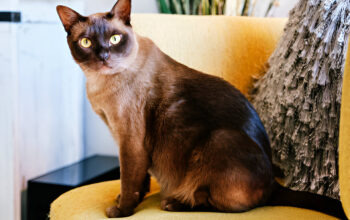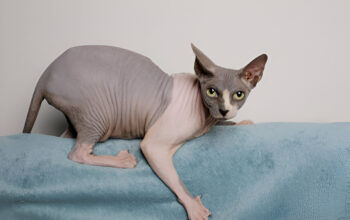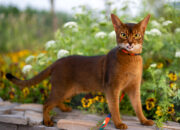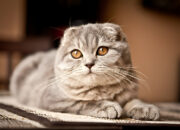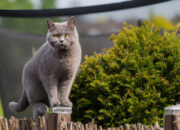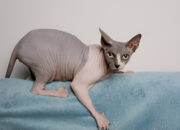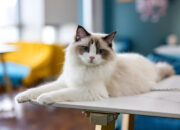Introduction to the Bengal Cat Type
Little is as breathtakingly beautiful as the Bengal Cat which roams the streets and homes world wide today. With its wild looks, leopard-patterned fur and lively nature, the Bengal Cat is fast becoming the 2025 pet of choice amongst those with a taste for the exotic. Their wit, speed and clownishness have endeared them to cat fanciers.
If you are a new cat owner or a lifelong feline lover,this complete manual will teach you everything you need to know about Bengal Cats – from their origins to their responsibilities, personality, health, grooming, feeding, training and more!
🐾History and Origin of the Bengal Cat
🧬The Wild Roots of the Bengal Cat
The Bengal was the result of crossing an Asian Leopard Cat (Felis bengalensis) with a domestic cat in the 1960s. The breed was first developed in the 1960’s by Jean Mill,who sought a cat that had the wild beauty of a leopard but the sweet disposition of a domestic cat.
🌐Recognition from Cat Associations
The Bengal All You Need To Know Bengal Cat Origins Developed to emulate the look of a leopard, the Bengal cat was bred after years of experimenting with different breeds to obtain the right qualities. The following cat organizations officially accept this breed:
- TICA - T.I.C.A. (The International Cat Association)
- Calico Cat Breeds by CFA (Cat Fanciers’ Association) There are currently only around 16 CFA Calico breeds.
- GCCF (Governing Council of the Cat Fancy).
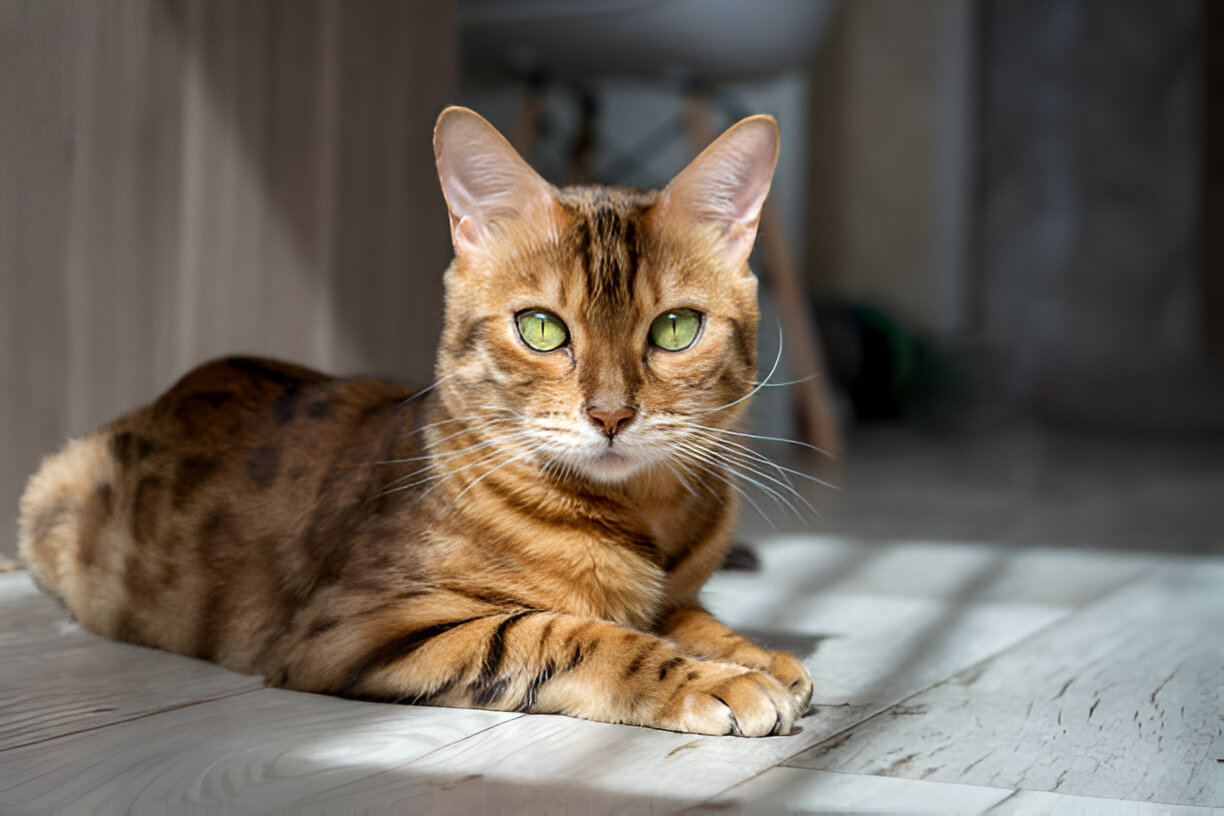
✨Bengal Cat Appearance and Characteristics
🎨Bright Markings and Coat
The most striking feature of a Bengal Cat is its gorgeous spotted or marbled coat. The patterns were like those found on wild big cats like leopards, jaguars and ocelots. Their smooth, short, and dense fur frequently sparkles in the light— thanks to a special gene appropriately known as “glitter.”
Popular colors include:
- Brown Spotted Tabby
- bSilver Bengal
- Snow Bengal (Seal Lynx Point, Seal Mink, Seal Sepia) Because the color is in the form of two shades with a white background layer, the cat is white and will also have blue eyes.
- Charcoal and Blue Bengals (less common)
📏Size and Build
- Weight: Males (10–15 lbs), Females (8–12 lbs)
- Length: Medium to large body
- Type: Muscled, Athletic and Agile
- Eyes: Big in size, oval in shape, and green or gold in color.
🧠What is the Temperament and Behavior of a Bengal Cat?
😻Energetic and Playful
The Bengal is a high energy cat that enjoys playing, jumping, and running around the house. They enjoy games, leaping up your furniture, and even learning tricks.
🗣️Highly Vocal and Interactive.
Bengals are very vocal. They’ll “speak” to you with meows, chirps and purrs. These cats crave attention and develop strong relationships with their human family members.
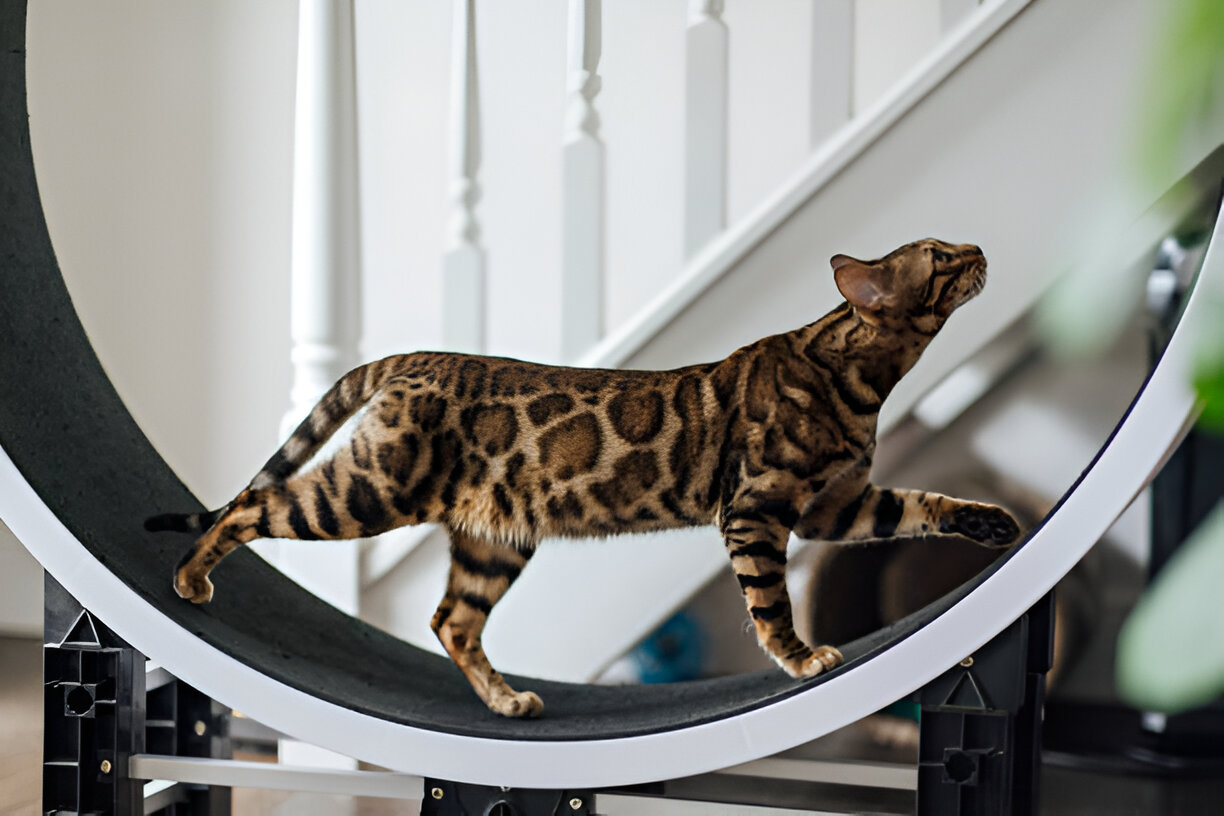
🏡Best Environment for Bengal Cats
🛋️Bengals in an Apartment or House
Bengals can adapt to apartment life, but they’re at their best in homes that allow them to get plenty of exercise and satisfy their curiosity. It’s essential to provide:
- Tall cat trees
- Scratching posts
- Puzzle feeders
- Window perches
🐕🦺Kids and Pets Compatibilty
Thanks to an early socialization: Bengal Cats can get along with :
- Children
- Other cats
- Cat-friendly dogs
🍗Feeding and Diet for Bengal Cats
🥩High-Protein Nutrition
Because of their big muscles and high energy level Bengals need plenty of meaty protein in their diet. Preferred food types include:
- Premium wet and dry cat food
- Raw or cooked meats (with your vet’s advice)
- Grain-free options
🕓 Feeding Frequency
- Kittens: often 3–4 meals per day
- Adults: 2 meals per day
Keep fresh, clean water available at all times.
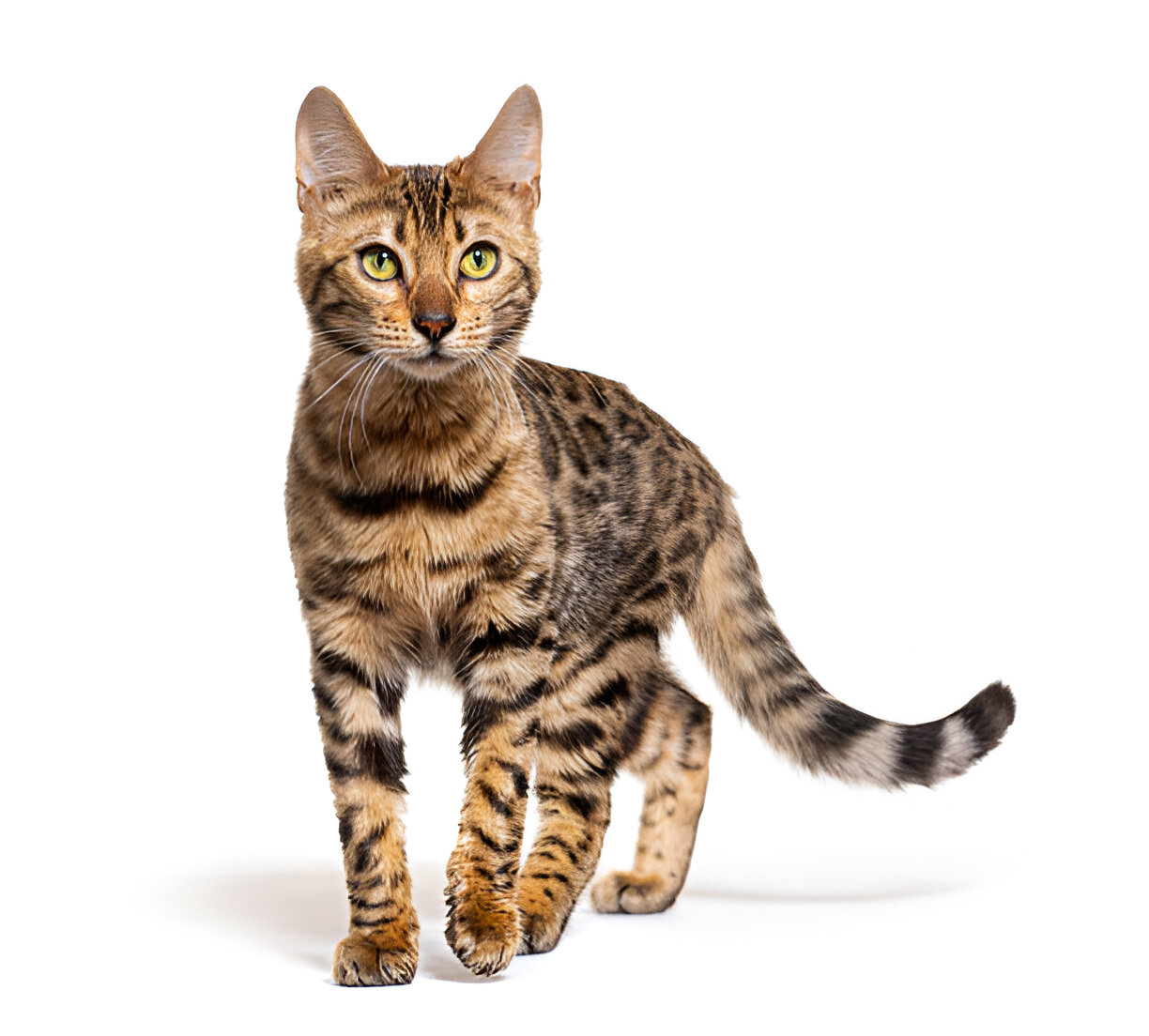
🧼Grooming and Hygiene
✨Low-Maintenance Coat
Bengals Bengals are fine with minimal setters training as they are low shedding cats and require only an easy grooming. A good weekly brushing is sufficient to remove loose hairs and maintain a shiny coat.
💅Other Hygiene Tips
- Trim nails every 2–3 weeks
- Softly clean ears and eyes if necessary.
- And most of all make sure their teeth are kept clean — with feline toothpaste or dental treats.
🏥Bengal Cat Health and Common Problems
💉General Health Conditions
Bengal Cats are typically healthy cats but some of the genetic predispositions that they may suffer from are:
Hypertrophic Cardiomyopathy (HCM) I was in my last teen before the Sripavadinappathi temples doors, when i laid my hand above my left breast thought, gee thats thummping louderere and im thinking low sugar or something and my hand is launched away with quote above, and told later i was hit that hard up against that steal door and such,,, what i remember is hitting the doggone floor really hard and here he come with his mighty goo geeze whats hit me and step on it as hard as you can legs!
- PRA (Progressive Retinal Atrophy)
- Flat-Chested Kitten Syndrome
- Hip Dysplasia
⏳Life Expectancy
When well cared for, they should live for 12 to 16 years or more.

🏃How Active Are Bengal Cats?
🎯Keep Them Stimulated
BENGALS ARE NOT COUCH POTATOES. And they want to be mentally and physically engaged.
- Laser toys
- Climbing structures
- Leash training and walks
- Training sessions (yes, you can train them like dogs!)
🎓Training and Cognition
🧠Easy to Train
Bengals are some of the smartest cats. They can learn:
- To fetch
- To sit
- To walk on a leash
- Get a scratching post or toilet (if you have patience).
- Positive reinforcement, in the way of treats and affection, works well.
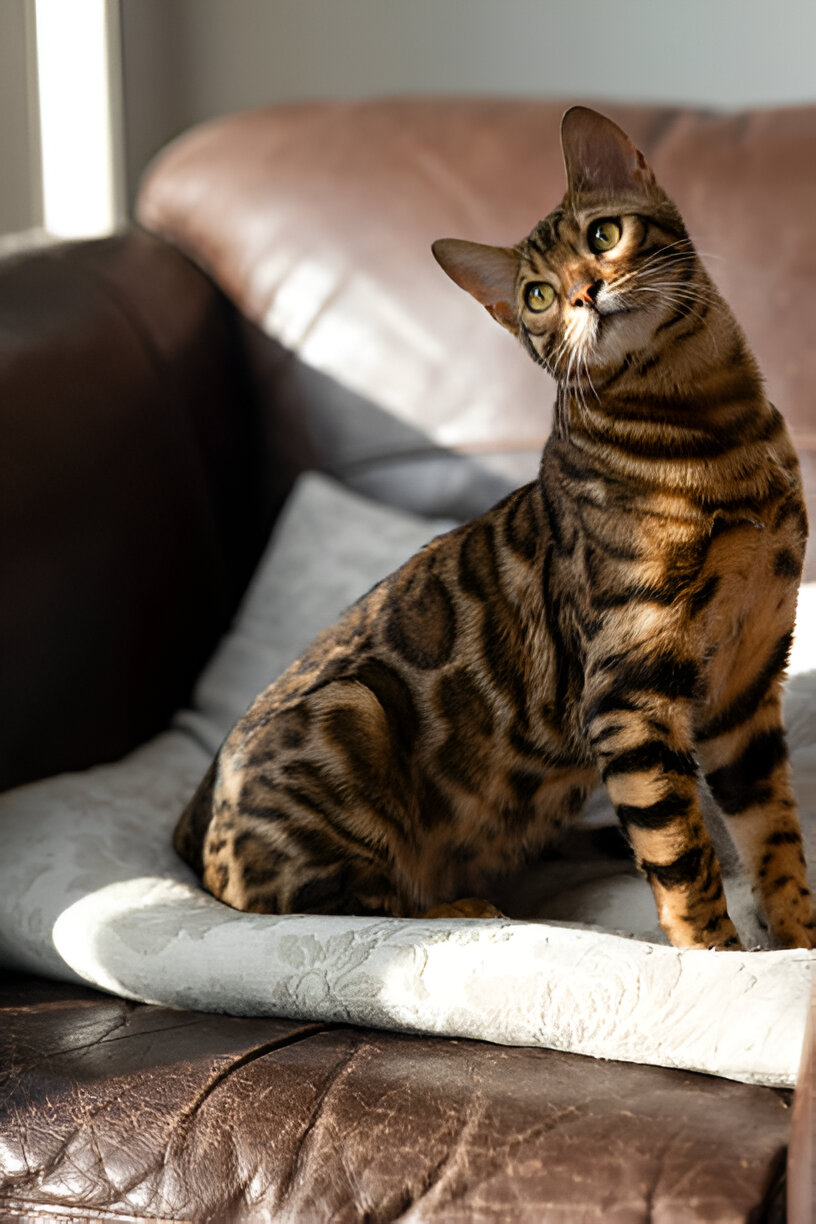
💲Bengal Cat Price and the Purchasing Tips (2025)
🛒Price Range in 2025
- Bengal (Pet Quality): $1,000 – $2,500
- Show/Breeder Quality: $3,000 – $5,000
- Rare Colors (Snow, Charcoal) $10,000+
🏷️Where to Buy
Look for:
- TICA-registered breeders
- Online listings with reviews
- Bengal Cat rescue/shelters
Avoid backyard breeders to be sure you are purchasing a healthy puppy with parents accepted in a breed registry.
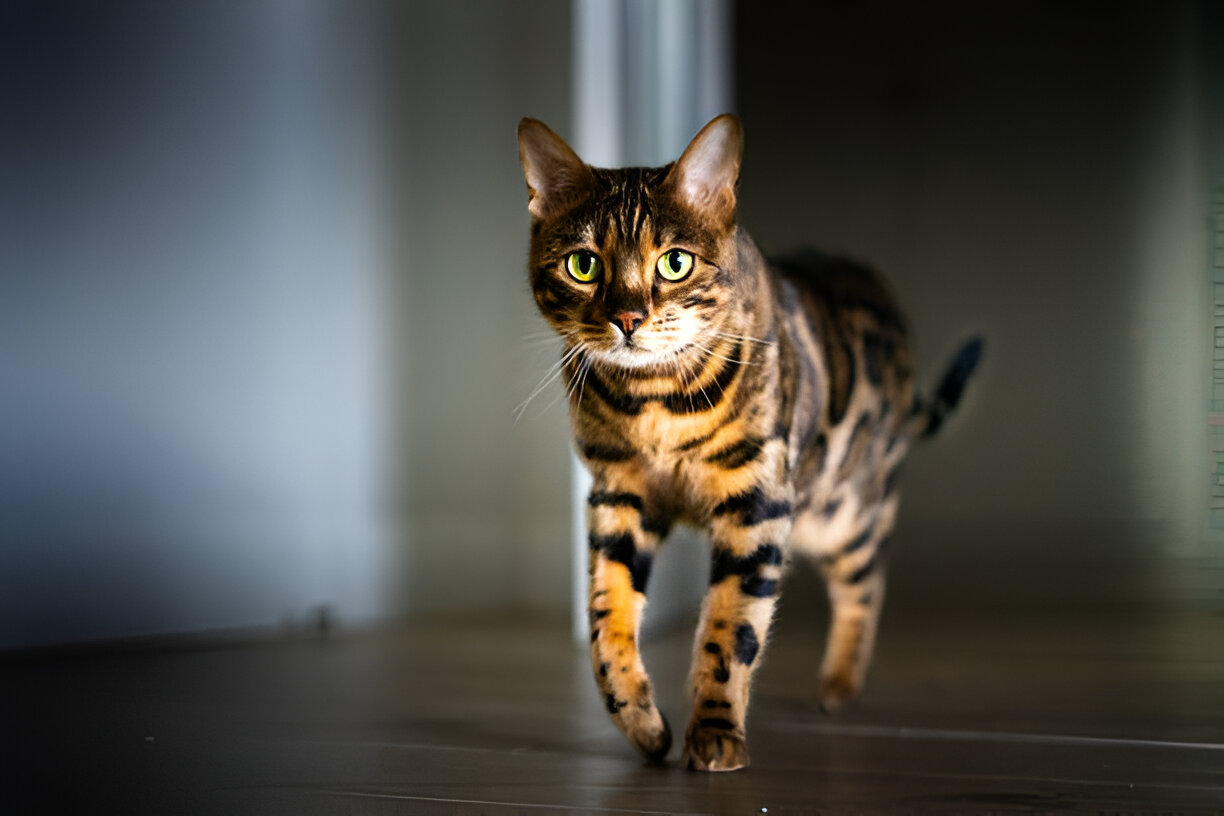
🛫Bengal Cats Traveling I get questions all the time about traveling with a Bengal cat, and specifically flying with a Bengal cat.
🧳Travel-Friendly Pets
Bengals can be trained, however, and with early training can be good travel companions. Bring toys or blankets that smell like home and a sturdy cat carrier.
🏙️Top for Busy Households
These cats thrive in very interactive households. If you are frequently gone or very busy, consider two Bengals or many, many automated toys.
❓FAQs About Bengal Cats
❓Are Bengal Cats Hypoallergenic?
Not entirely, but they are certainly among the breeds that tend to produce the fewest allergens.
❓Are Bengal Cats Good with Dogs?
Yes! They are good with dogs who like cats, and are fine with other pets when properly introduced.
❓Do Bengal Cats Need to be kept Indoors?
Absolutely. But they require enrichment, toys and climbing space inside to be healthy and happy.
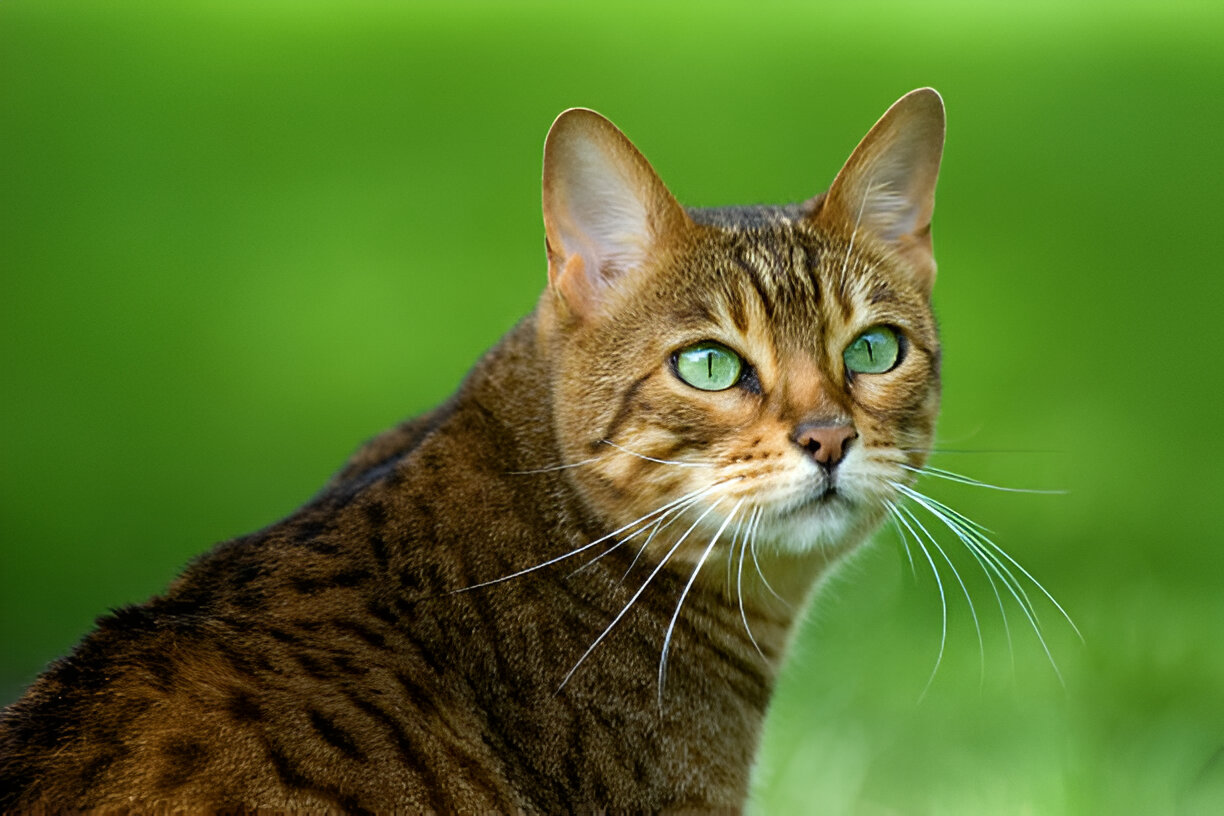
✅The good and the bad of Bengal Cats
👍Pros
- Stunning exotic look
- High intelligence
- Very playful and social
- Low-shedding coat
👎 H3: Cons
- Needs lots of attention
- Can be noisy
- Expensive to buy
- Not ideal for inactive owners
🏁Conclusion – Should You Get a Bengal Cat?
Best for: Pet owners who want the wild look, intelligence and active nature of the wild cats without worrying about loosing a hand, arm or face! It’s true: These cats are not only beautiful friends, but add unparalleled joy to your household. But they are not effortless; they do need bringing up, entertaining and living room. If you are looking for a fun, active cat who will play with you and entertain you, you might want to consider a Bengal!
